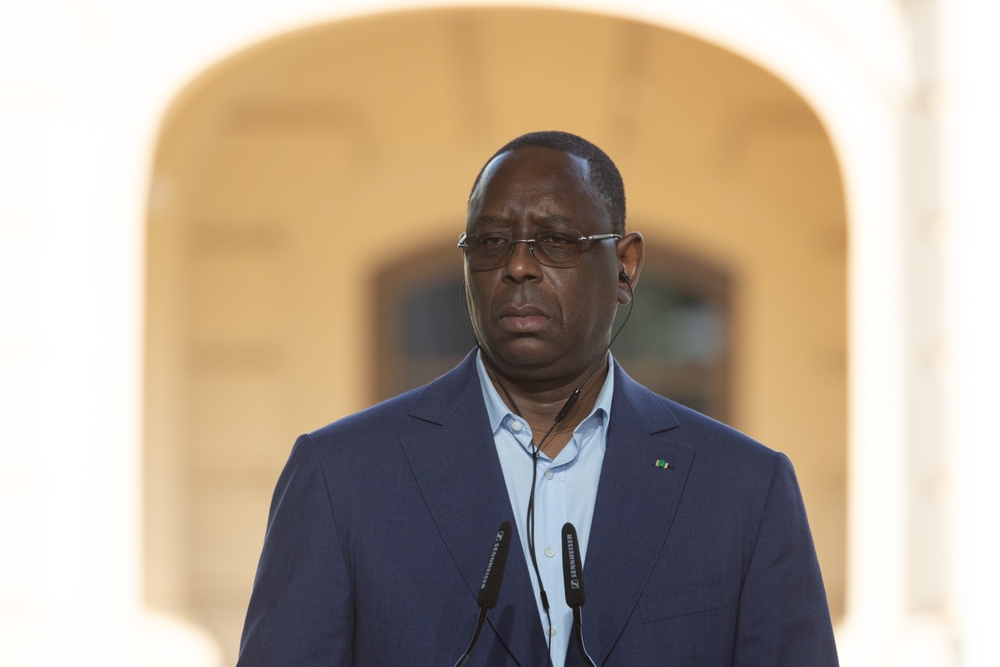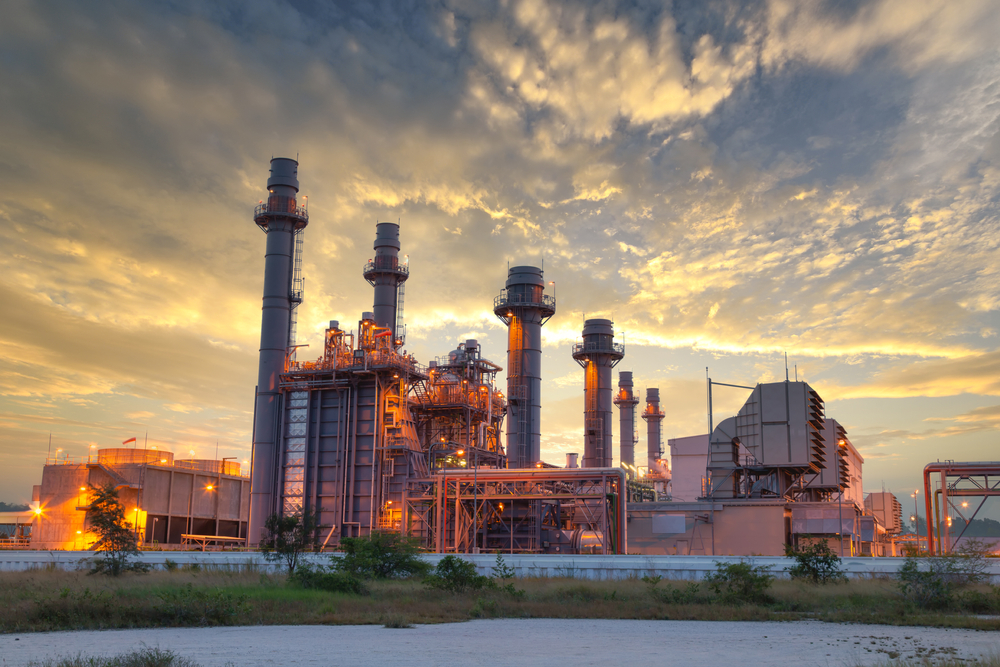Capital expenditure never goes to waste, at least in the case of Indian Railways which have the potential to add 1-1.5% to the country’s growth rate. During the latest edition of the World Economic Forum annual meeting in Davos, Minister of Railways Ashwini Vaishnaw highlighted the increase in CAPEX by his ministry in the last fiscal. Most of this has been possible through budgetary support, no doubt. But then, there is no harm, so long as such investment in infrastructure brings about economic growth.
Ensuring efficient allocation of scarce resources for the welfare of citizens to benefit the country as a whole is no easy task. All resource investments have an opportunity cost because allocation in one project creates value elsewhere in the economy. Economic benefits attributable to a particular investment can, for a number of reasons, exceed the revenues directly accrued by the Railways.
The minister spoke about building large supply chains and the creation of more jobs. Nothing can be better. Maybe the government should also encourage private investment in CAPEX. This will help create more opportunities and infrastructure to bring down logistics costs that are considered among the highest in the world. While logistics costs in developed nations is 6-7%, it is a whopping 13% in India. The creation of railway infrastructure will certainly bring down transportation costs.
This led to a vicious cycle of sorts. Over-reliance on roadways led to more investment of roads and highways. Improved road conditions meant more freight movement. This explains how the railways’ share of freight traffic today is a mere 28%. This used to be 70-80% till the 70s.
This should in no way be construed that I am against the development of highways and the improvement of roads. My concerns lie elsewhere. Movement of freight by road is not only expensive but also adds to carbon footprint. Movement of freight by rail or through the inland waterways route is far more environmentally friendly, until environment-friendly green fuel takes over long-range freight vehicles in the country.
Rail transportation can also make substantial indirect contributions by way of general wellbeing and economic expansion. Railway connectivity in backward regions stimulates growth, output and emergence of new markets. In that way, infrastructural investments in the Railways bring about immense benefits to the larger economy.
India is set to emerge as a $ 5 trillion economy by 2025-26 and a $ 10 trillion one by 2035. Once this happens, the volume of traffic will go up manifold and there will be a major shift towards the railways. There has to be sufficient infrastructure in place to handle this. That is what I meant by ‘capital expenditure never goes to waste’.
The government’s Gati Shakti National Master Plan for Multi-Modal Connectivity is a step towards the right direction that should help in more private participation flowing in. If things move according to plan, rail transportation costs will fall by 30-35%.
The National Rail Plan talks of a 44% share of freight traffic by the railways by 2051. The Dedicated Freight Corridors (DFCs) will play an important role, no doubt, but there is a need for greater investment in other infrastructure such as technologically advanced wagons of higher payload. The private sector has the capability to build and maintain such wagons. This will shift the advantage in favour of rail transport and bring about greater efficiency. Modern wagons will allow the running of heavy haul trains and increase the throughput per wagon per rake. Most importantly, it will reduce transit time and reduce logistics costs.
However, one thing needs to be kept in mind. Demand for transport is a deriving one. It is dependent on the growth of transport– user industries. This requires a top-down assessment. Macroeconomic indicators contribute to the projection of demand for transport. Demand for rail transport is a sub–set of this.
Indian Railways has announced several strategies such as tariff rationalization and incentive schemes including diversification of freight basket. Several schemes have also been introduced to attract private investment in general purpose wagons, special purpose/high-capacity wagons and automobile carrier wagons. Nearly 232 rakes have also been inducted under these schemes but many more are required. The government needs to help the railways take forward such schemes and set fixed goals.

Managing Director,
Jupiter Wagons Ltd.
Involvement of the private sector will not only help in creating jobs but promote MSMEs. The strategic disinvestment of Container Corporation of India Ltd (CONCOR) may workout favorably. It was in 2019 that the Cabinet Committee of Economic Affairs (CCEA) approved disinvestment of 30% of the 54.8% Government of India holding in CONCOR with transfer of management control to the strategic buyer but this has not happened as yet.
I suggest greater transparency in the railways’ land management policy, be it for private sidings under the Gati Shakti masterplan or setting up of renewable power plants on railway land. The proposal is to allot land for such power plants at Re 1 per square meter per annum for 35 years. The same rate will apply for select hospitals for a 60-year period. The government needs to ensure that these proposals move forward at a quicker pace with necessary regulatory mechanisms.
Every push by the government to enhance railway infrastructure will be a welcome step and help inch towards a $ 10 trillion economy.



